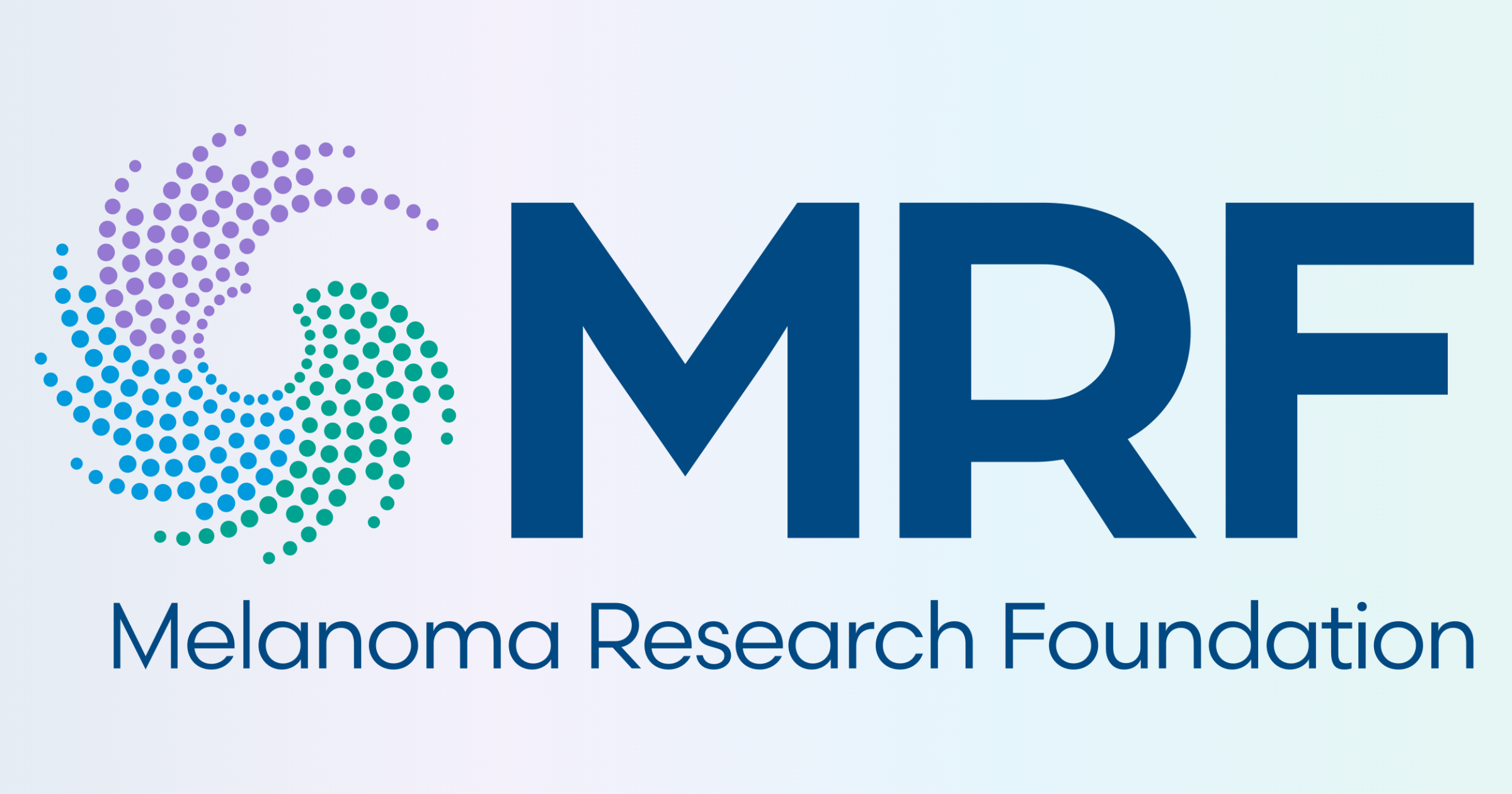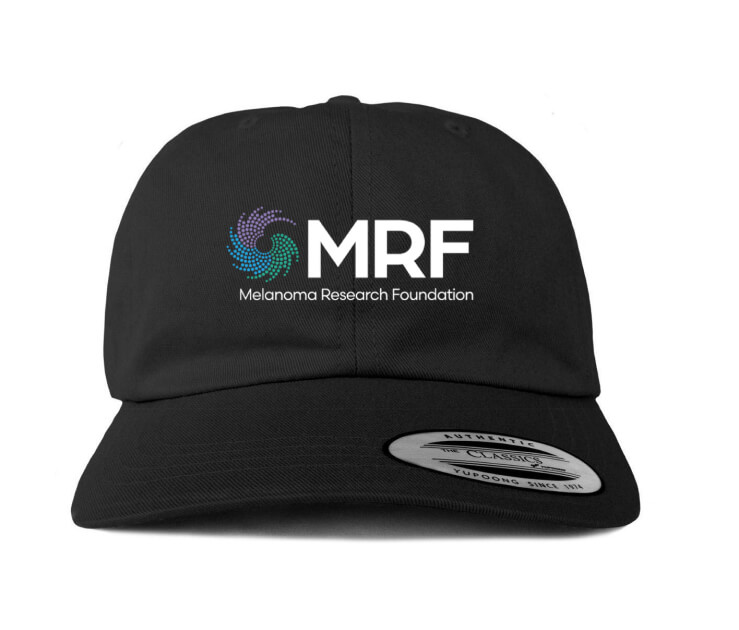Melanoma Research Updates Presented at 2025 American Association of Cancer Research Conference

Guest Blog SUBMITTED BY
Bonnie Teng, PhD, MRF’s Chief Scientific Officer
The American Association for Cancer Research (AACR) held its annual conference at McCormick Place Convention Center in Chicago from April 25 to 30, 2025. The event brought together over 25,000 participants including scientists, physicians and patient advocates from 81 countries to share and discuss the latest advances in cancer research. With the meeting theme, “Unifying Cancer Science and Medicine: A Continuum of Innovation for Impact”, presentations covered a wide range of topics across many cancer types, with several sessions highlighting current melanoma research findings.
We know that the incidence of invasive melanoma increases with age. The tumor microenvironment plays a critical role in metastasis and therapy-resistant states. Researchers are actively investigating how melanoma cells develop resistance to treatment and metastasize. MRF Scientific Advisory Committee (SAC) co-chair Dr. Ashani Weeraratna, PhD of Johns Hopkins University presented important research showing that aging fibroblasts, cells that secrete signaling molecules and structural proteins, can change the tumor microenvironment. The aging fibroblasts are able to influence other cells in the tumor microenvironment including tumor cells and immune cells. These changes impact multiple aspects of tumor progression like therapy resistance, angiogenesis, metabolic changes, dormancy and metastasis. Ongoing research is focusing on understanding the effect of age- as well as sex- differential changes in melanoma tumor microenvironment.
Today, many melanoma patients face and can be concerned with recurrence, or the return of melanoma after treatment, and the complex biology behind recurrence is currently being studied. After primary tumor treatment, residual tumor cells called disseminating cancer cells, can still be present. Premalignant cells (cells that will later become cancer cells) could also disseminate to distant sites before the primary tumor is detectable. These cells undergo dormancy and could later form metastasis. There are proteins secreted by different cell types that can induce dormancy. One of the dormancy-inducing proteins is called NR2F1. An agonist1 to NR2F1 was found by screening many drugs. Dr. Maria Soledad Sosa, PhD of Albert Einstein College of Medicine presented her research on using the agonist to NR2F1 and a growth factor to prevent metastasis in a mouse model. Understanding the disseminating cancer cell biology may offer ways to prevent metastasis formation.
BRAF mutation is found in approximately 50% of melanomas. Although targeted therapy that inhibits the mutant BRAF protein can be used to treat melanoma, some cells in the tumor are resistant to the treatment and can proliferate and contribute to cancer recurrence. Research toward new ways to combat therapy resistance was presented in the “Experimental Therapeutic: Drug Resistance” session. Research findings from Dr. Arjun Raj’s lab at University of Pennsylvania were presented on the different drug response in therapy resistant tumor cells that are genetically identical. Research on understanding the role of an enzyme called HDAC82 in melanoma resistance was also discussed by Dr. Michel F. Emmons of Moffit Cancer Center in the laboratory of MRF Scientific Review Officer Dr. Keiran Smalley. These findings point to using a combination of drugs to better overcoming treatment resistance.
Although immunotherapy in treating advanced melanoma improves patients’ outcomes, more effective treatments are needed to treat patients who do not respond to immunotherapy or have recurrence after the treatment. MRF Breakthrough Consortium (MRFBC) member Dr. Keith T. Flaherty, MD, FAACR discussed potential common resistance mechanisms between immunotherapy and targeted therapy and the development of novel drugs to target metabolic reprogramming (changes in tumor cell metabolism) in treatment resistant melanoma cells. Dr. Flaherty is the director of clinical cancer research at Mass General Cancer Center and a professor of medicine at Harvard Medical School and was elected as AACR President-Elect for 2025-2026.
Learn more about the 2025 AACR meeting here: AACR Annual Meeting 2025 | Meetings | AACR
Footnote:
Agonist – a chemical that activates a receptor to produce a biological response.
HDAC8 – Histone Deacetylase 8 is an enzyme that regulates gene expression.



